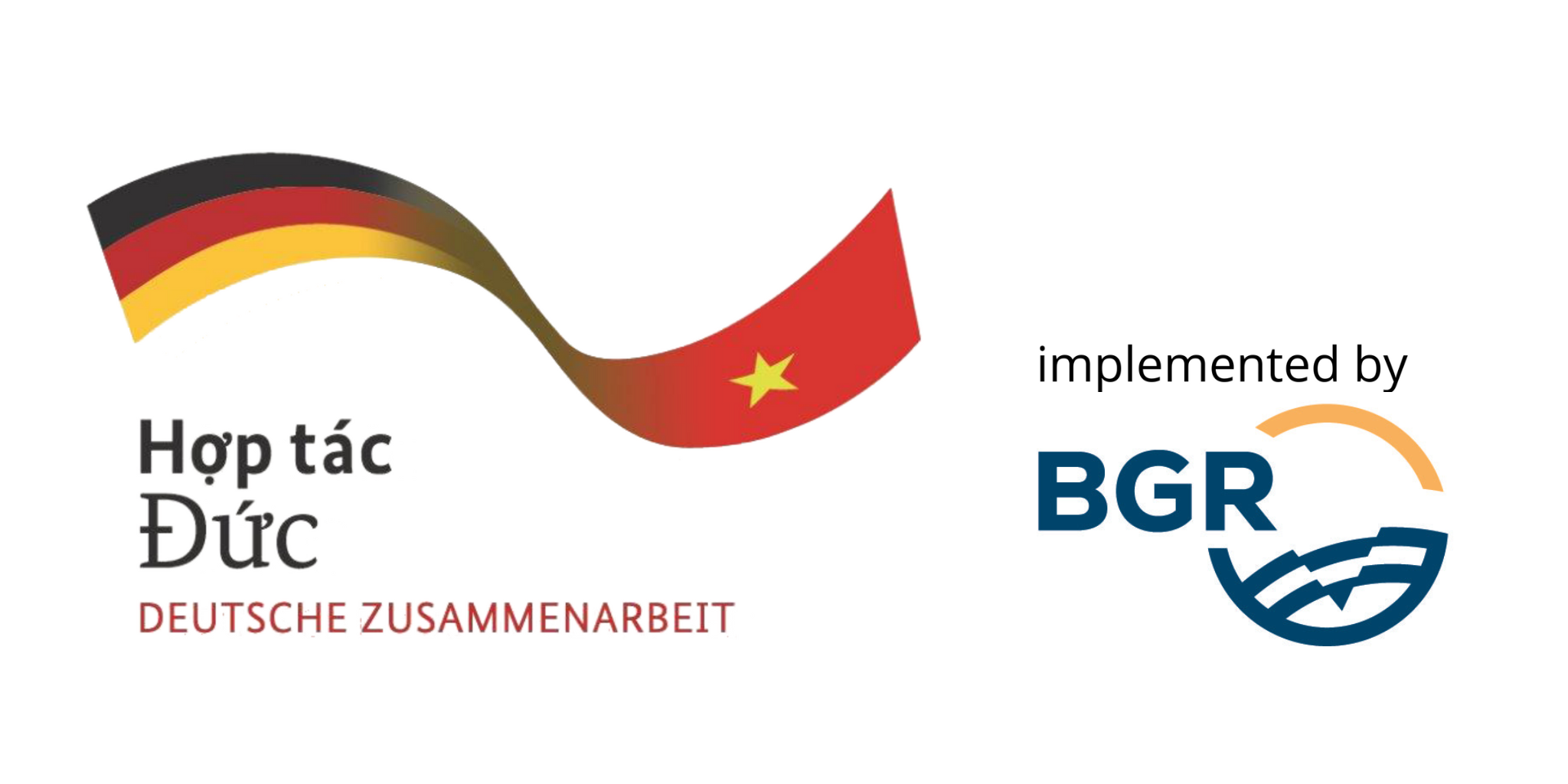Since the launch of fundamental economic and political reforms under Đổi Mới in the mid-80s, Vietnam has achieved remarkable economic progress, transforming the country from one of the world’s poorest nations to a lower middle-income country. Vietnam’s steep economic development, however, has also increased the stress on the country’s natural habitat and resources, including its freshwaters. Environmental conditions in many regions of Vietnam are deteriorating fast, especially in the sensitive river deltas and coastal strips which are already suffering from climate change, population growth and upstream development.
As surface waters in the deltas are becoming increasingly saline, polluted, scarce and unreliable, the attention is turning to groundwater. This has seen a boost following the 2016 drought, when freshwaters dwindled in large parts of the Lower Mekong basin, with devastating impacts on the environment, population and economy. In many provinces, groundwater is now a major source for drinking water, industry, agriculture and aquaculture. At the same time, ambitious development plans point to an increasing groundwater demand. Increasing reliance on groundwater is, however, not only part of the solution but also part of the problem, as there are several factors constraining the potential of groundwater in securing future water supply for basic services and economic activities.
The protection and sustainable management of groundwater resources is essential to sustain people and the economy along the coast and deltas of Vietnam. In the Mekong Delta, the situation is regarded as particularly severe, and water supply has already been affected markedly. Without improved regulation and management of groundwater resources, together with the identification of suitable alternative water sources and supply infrastructure, there is little hope for a resilient development of the delta in the medium to long term.
Limited Recharge
Separated from the surface by mighty layers of impermeable clay, the deeper groundwater in the Mekong Delta receives only limited recharge. It may take several thousand years for water infiltrating from the surface in distant recharge areas to reach and replenish the hotspots of groundwater abstraction in the lower basin. Here, withdrawals usually exceed recharge by far, and unsustainable exploitation leads to the depletion of groundwater resources. The monitoring data for the Mekong Delta show that groundwater levels have been declining significantly in practically all exploited aquifers. Locally, the upper, shallow aquifers have already fallen dry.
Salinization
Much of the groundwater in the Mekong Delta is naturally brackish to saline, and the existing bodies of fresh groundwater – sometimes mere localized pockets – are particularly vulnerable and prone to degradation. Uncontrolled groundwater abstraction here may mobilize saltier waters or lead to seawater intrusion along the coastline, ultimately rendering the entire resource unfit for human consumption, agricultural production and even for aquaculture. This is often a rather hidden process, and when manifest signs of salinization appear, it is usually already too late to take remediated action.
Pollution
Emissions from the agricultural and industrial boom in the delta, together with population growth, have also greatly increased in recent decades. Freshwaters are impaired by the release and infiltration of agricultural chemicals and wastewater, and from improper waste disposal. While deeper groundwater is naturally protected from surface pollution by overlying clay, improper drilling and poor management of pumping/ abandoned wells, together with over-abstraction, may lead to deep infiltration of pollutants from the surface, threatening these water sources as well.
Land subsidence
Excessive groundwater abstraction can accelerate land subsidence processes, as the relatively young delta sediment will settle in consequence of a reduction in pore pressure. This process is widely irreversible. While there are other factors contributing to land-subsidence, the role of excessive groundwater abstraction is now regarded as highly significant, if not dominant. High rates of land subsidence are observed in intensely developed areas with strong anthropogenic influence on land-use patterns. Land subsidence also adds a new perspective to the discussion of climate change impacts on coastal zones, as observed annual subsidence rates may exceed projected seawater-level rise by far. If these findings are reconfirmed, the Mekong Delta may not drown because of rising seas, but because of sinking lands.

